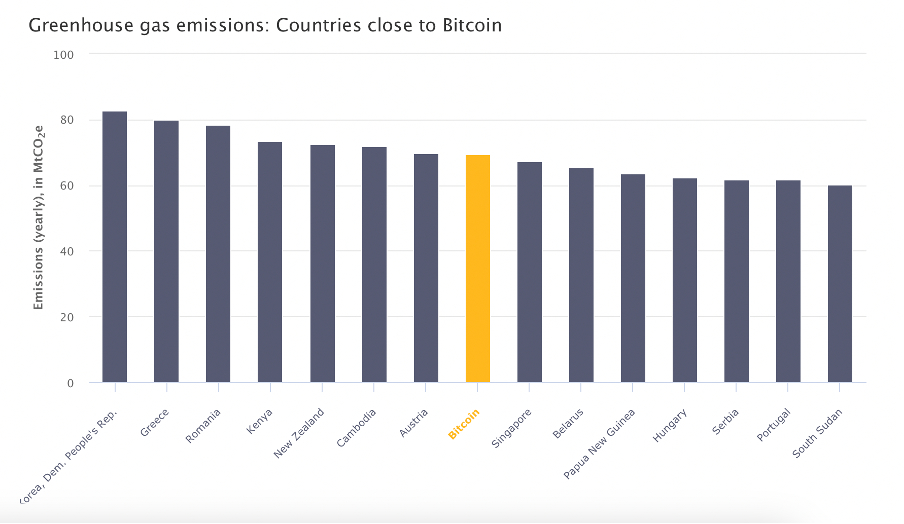[ad_1]
Amidst the thrill surrounding ChatGPT and the spectacular energy and potential of artificial intelligence (AI), the influence on the atmosphere has been considerably neglected.
Analysts predict that AI’s carbon footprint may very well be as unhealthy – if not worse – than bitcoin mining, which at present generates more greenhouse gases than entire countries.
File-shattering warmth throughout land, sky, and seas suggests that is the very last thing our fragile life support systems want.
At present, your entire IT trade is answerable for round 2 percent of world CO2 emissions. If the AI trade continues alongside its present trajectory, it would devour 3.5 % of world electrical energy by 2030, predicts consulting agency Gartner.
“Essentially talking, when you do need to save the planet with AI, you must take into account additionally the environmental footprint,” Sasha Luccioni, an ethics researcher on the open-source machine learning platform Hugging Face, told The Guardian.
“It does not make sense to burn a forest after which use AI to trace deforestation.”
Open.AI spends an estimated US$700,000 per day on computing prices alone to be able to ship its chatbot service to greater than 100 million users worldwide.
The recognition of Microsoft-backed ChatGPT has set off an arms race between the tech giants, with Google and Amazon quickly deploying resources to generate pure language processing techniques of their very own.
Many companies have banned the use of ChatGPT but are developing their own AI in-house.
Like cryptocurrency mining, AI relies on high-powered graphics processing units to crunch information. ChatGPT is powered by gigantic data centers utilizing tens of thousands of those energy-hungry laptop chips.

The entire environmental influence of ChatGPT and different AI techniques is complex to calculate, and far of the knowledge required to take action is not available to researchers.
“Clearly these firms do not prefer to disclose what mannequin they’re utilizing and the way a lot carbon it emits,” laptop scientist Roy Schwartz from the Hebrew College of Jerusalem told Bloomberg.
It is also laborious to foretell precisely how a lot AI will scale up over the following few years, or how energy-efficient it will become.
Researchers have estimated that coaching GPT-3, the predecessor of ChatGPT, on a database of greater than 500 billion words would have taken 1,287 megawatt hours of electrical energy and 10,000 computer chips.
The identical quantity of power would energy round 121 homes for a year in the USA.
This coaching course of would have produced round 550 tonnes of carbon dioxide, which is equal to flying from Australia to the UK 33 times.
GPT-4, the version released in July, was educated on 570 times more parameters than GPT-3, suggesting it’d use extra power than its predecessors.
One other language mannequin referred to as BLOOM was discovered to devour 433 megawatt hours of electrical energy when it was educated on 1.6 terabytes of knowledge.

If the expansion of the AI sector is something like cryptocurrency, it is solely going to develop into extra energy-intensive over time.
Bitcoin now consumes 66 times extra power than it did in 2015, a lot power that China and New York have banned cryptocurrency mining.
Computer systems should full prolonged calculations to mine crypto, and it could possibly take up to a month to earn a single bitcoin.
Bitcoin mining burns via 137 million megawatt hours a year of electrical energy, with a carbon footprint that’s almost as large as New Zealand.
Innovation and defending Earth’s restricted assets require a cautious balancing act.
[ad_2]
Source link

